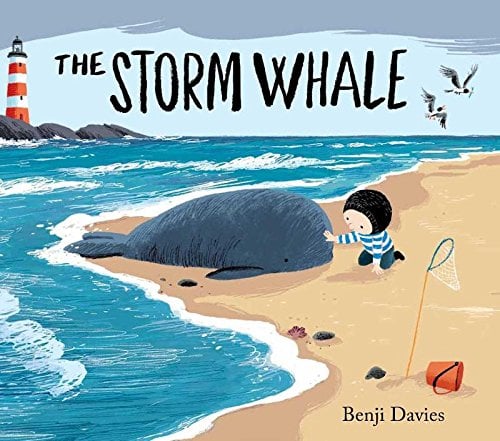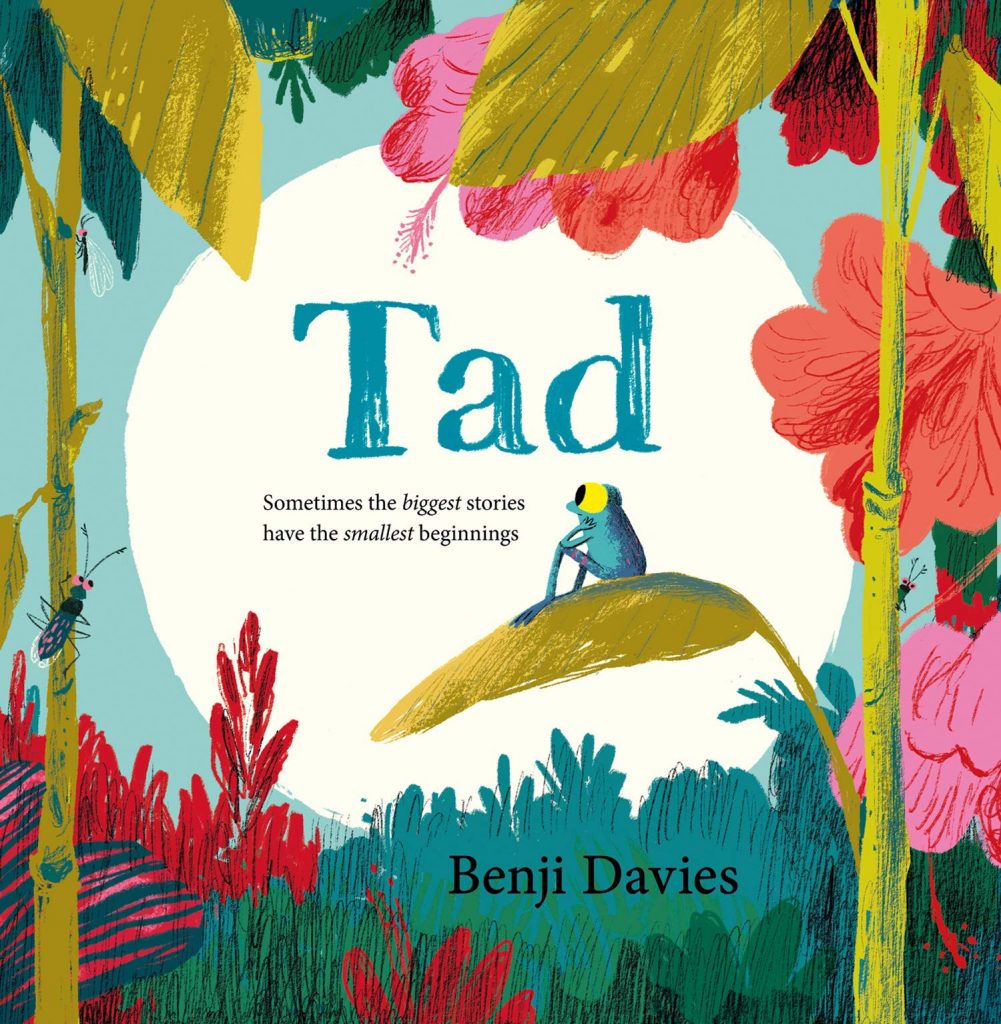Benji Davies is an illustrator, author and animation director. Today he joins us in The Reading Realm to talk about Grandad’s Island, nature, how technology has changed his creative process and his new book, Tad…

I think one of my favourite picture books of all time is Grandad’s Island. Can you tell us a bit more about the inspiration behind this story?
Grandad’s Island first started as a drawing of Charles Darwin in my sketchbook. I couldn’t find a way to use him in a picture book story but he evolved into a Grandad character with a grandson called Syd. I planned to have them going on an adventure, that Grandad’s house would transform into a big ship and sail across the sea.
There was something unspoken in the drawings I produced and I wanted to find out more about the two characters. The challenge of creating a metaphor for departure and loss appealed to me and the story began to unfold from there.
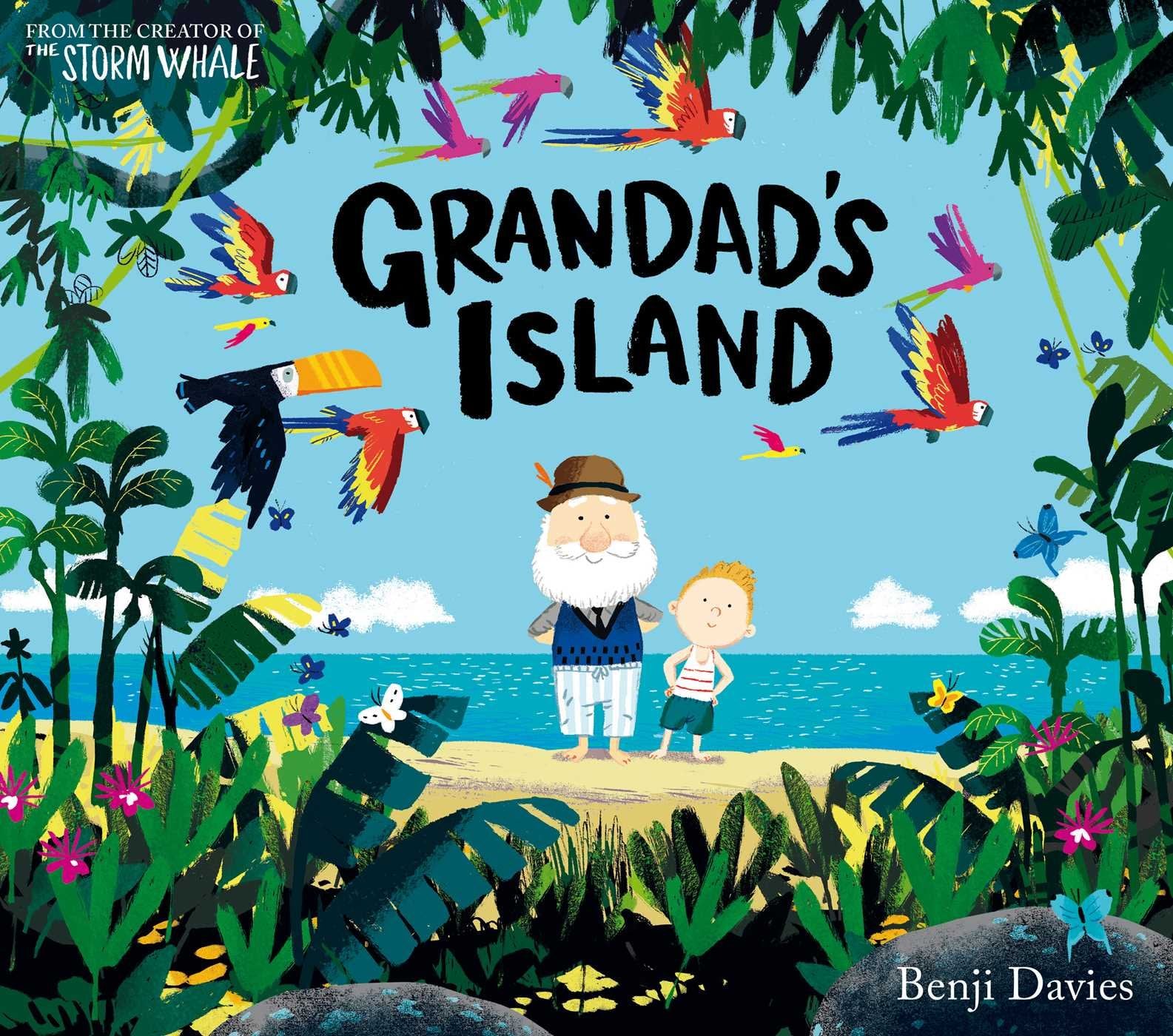
What I particularly like about Grandad’s Island is the different interpretations each of the children in my class made about it. How important do you feel picture books are in developing children’s critical thinking and empathy?
I don’t know how it works exactly but I can only say that when I was small, words and pictures – particularly pictures – really spoke to me. They were able to say so much, and I felt I was able to inhabit the worlds they created. I think that when we read words and pictures together we really become the characters in our mind’s eye as we hear their stories and see how they react and drive the narrative. We are transported into their worlds and feel their emotions – certainly those are the kinds of stories that appealed to me then and now, ones that make me feel what a character is feeling and take me on a journey. That isn’t empathy in itself but it seems to me to be the beginning of learning how to empathise.
Can you tell us a bit about your new picture book Tad?
I wanted to write a story about a frog that I had drawn many years ago. It was a thoughtful, hopeful frog, staring at the moon in a pink sky… I wondered about this character but she had no story. Much later I was drawing a tadpole swimming in a pond and I thought of the first line: “Tad was a frog – well that’s not quite true, she was almost a frog.” Her story unfolded from there. It’s really about being young and small and wanting to grow up, needing to grow up, and trusting that will happen even when it feels like you are always being left behind.
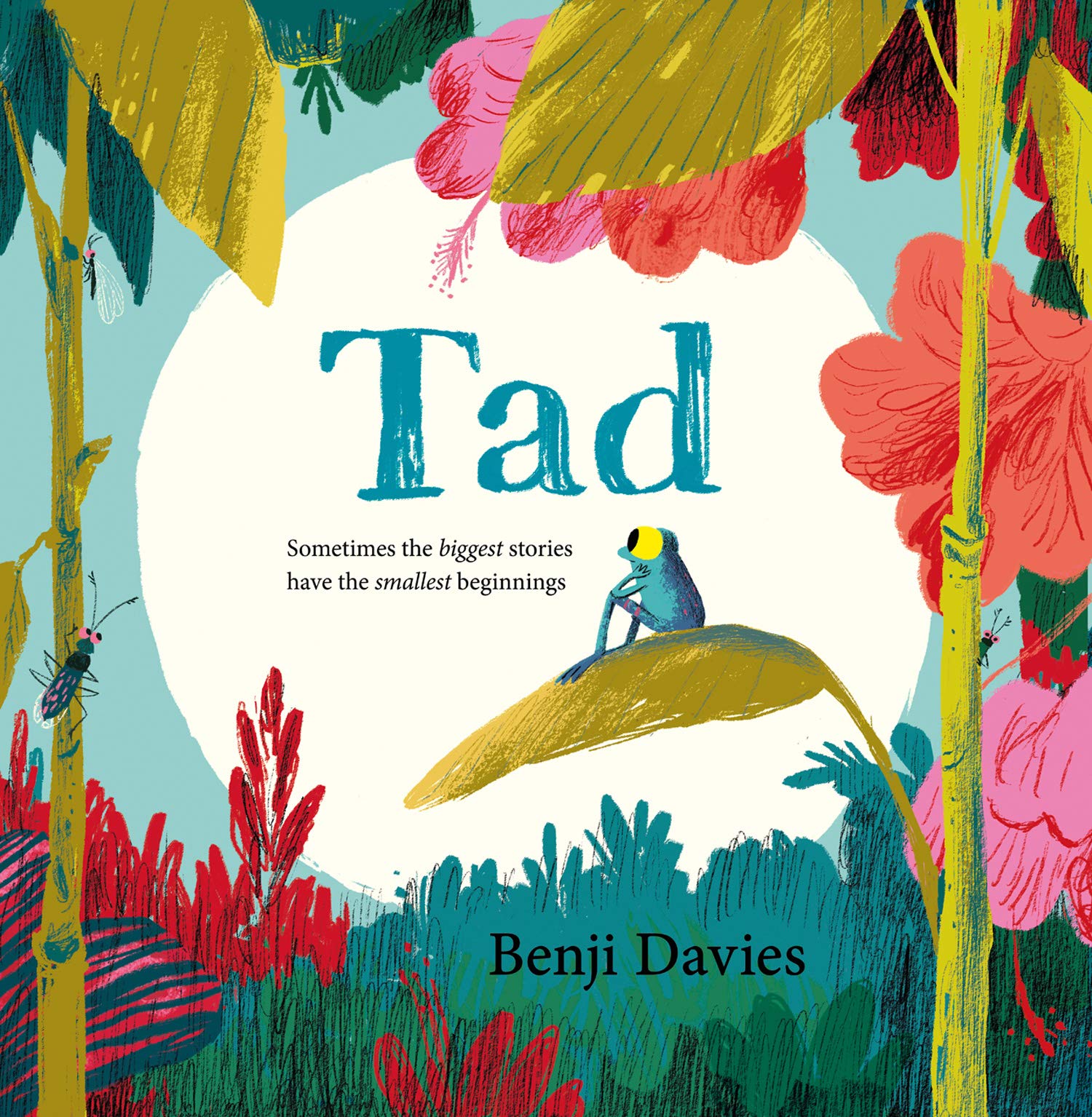
How is Tad similar to your other stories? How is it different?
Tad is similar to my other books in that it takes us on the emotional journey of a character.
It’s different in that the story is set purely in an animal world. There are no people or grown-ups, and where in my other books I could Illustrate people and houses and objects on a human scale, for Tad I have zoomed right in on the world of a tiny tadpole. The artwork becomes much more about texture and colour and light which was a very different challenge.
I really like this double page spread from Tad – it’s very ominous and in direct contrast to the other pages. Can you talk us through what you were trying to achieve here and how you do this?
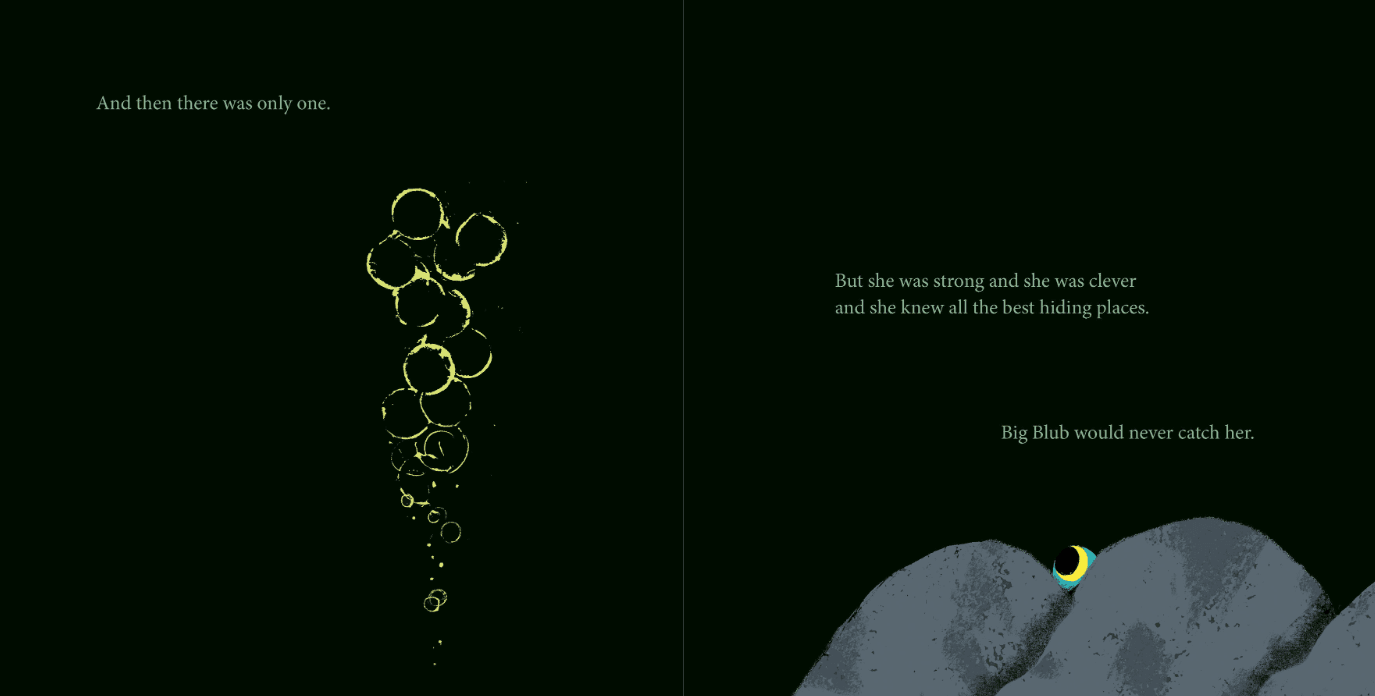
For this double page spread I wanted to feel the isolation of Tad when she is the last tadpole left in the pond. I used the black space to highlight this, completely surrounding Tad in darkness, all she has is a few bare rocks to hide behind. Yellow bubbles travel upwards on the left hand page and are a visual indicator of Big Blub’s presence. Its a kind of all-or-nothing moment, when there’s nowhere left to hide. Her eye looks particularly bulgy and bright against the blackness which says to me that she’s terrified but also bursting to make her next move.
As a child, my parents used to take us over to the park to look at the frog spawn every year. Do you have any special memories involving nature and the great outdoors?
We used to collect frogspawn – not advisable now I think as much better to leave them in the wild! But we’d collect some and take it home in an ice cream tub full of pond water and weeds, then wait for the tadpoles to hatch and turn into frogs. I think they would have faired far better if we left them where they were.
But I learnt a lot about nature that way, by going out and experiencing it. I also loved books about animals and nature – I learnt so much by sitting in the school library and poring over the pages of those kind of books.
Has technology changed the way you illustrate your work? If so, how?
Using a computer every day for my work has shaped my illustration immeasurably. I use a graphics tablet to directly draw and paint digitally. It affords me efficiency because I can change colours and redraw things easily, editing my work as I go and has provided a framework around which I have developed a way of working, and in that sense the look of my work is inseparable from the technology. I still draw with ink and pencils on paper though and I’m always looking for new ways to work away from the computer with real paint and materials as I think that’s how to keep your work fresh and exciting. It’s important to remember that technology provide us with new and exciting tools to work with but that the core of the work can be achieved simply, with only pencil and paper to hand.
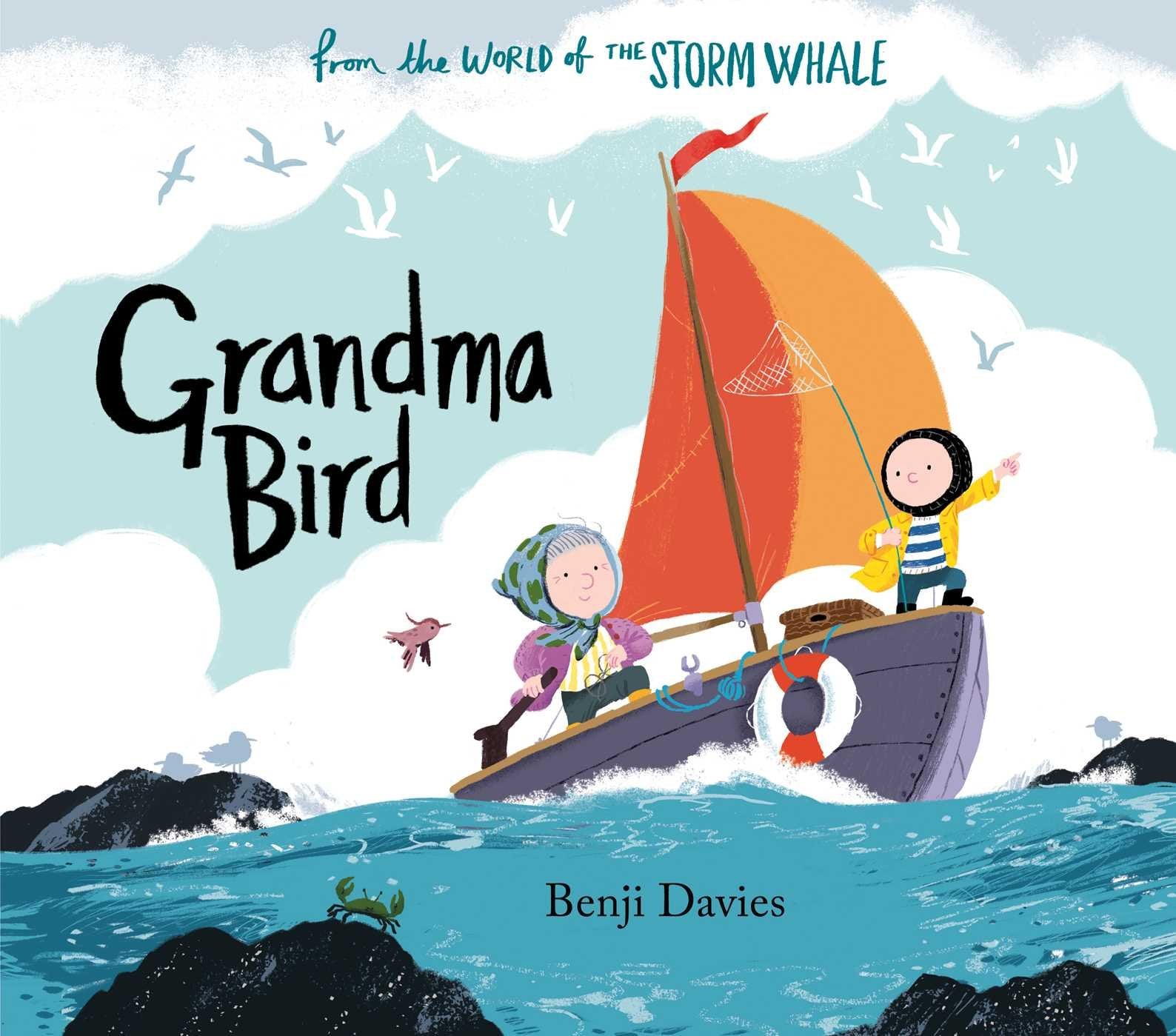
What art lessons do you remember from your own time at primary school?
Art was taught in a very hands-off way when I was at primary school. I loved to illustrate the borders of my written work and I was always looking for ways to involve drawing and craft in my school projects even when they didn’t directly ask for it. In that way my drawing was self taught and it was just through repetition and practice that I got better and better at it.
I had some very encouraging teachers who saw how much I loved drawing and stories and would always allow me that space to create and develop.
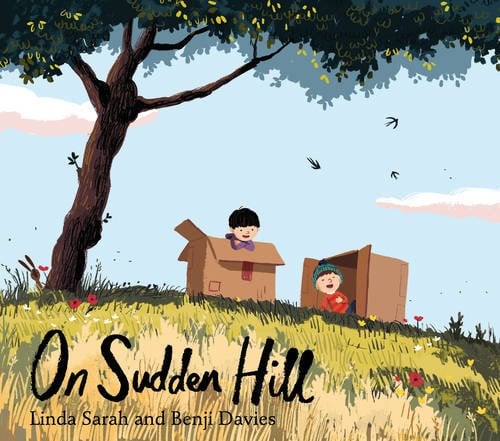
Are there any illustrators or authors working at the moment who you really admire and like?
Such a big question as there are so many brilliant authors and illustrators out there – and I’ve got to know a lot of them too!
I’d like to see more unusual visual styles and ideas catching the mainstream imagination, unpublished
I also think it’s important to look away from picture books to find inspiration in the work of writers and artists who have nothing to do with picture books, to try and bring new ideas and ways of seeing to the table.
What are your three top tips for young illustrators?
LOOK all around and keep an eye out for things, characters and the beginnings of stories. They are everywhere, a leaf on the path, a squirrel in a tree – the secret is taking the time to see them.
DRAW anything and everything, capture those ideas and characters on paper so that they don’t escape…
PRACTICE drawing! Draw the same things again and again, draw new things, draw funny things, cute things, ugly things, real things, imaginary things… keep a sketchbook, somewhere to store them all. The more you draw the better you will become at drawing, but also looking too.
I often wonder if authors/illustrators ever have an image or thought pop into their head about the worlds they’ve created and what their characters are doing right now. Do you have ever this? What do you think Noi, Syd and Tad are up to at the moment?
Noi often appears in my head, picking his way across the rocks looking for adventures. He doesn’t always find them but every now and then something looks possible, a new story, a moment that connects to something else, something new. I make some notes and tuck them away. Then one day in the future a new story may begin to emerge. All the best ideas need time to brew by themselves.
But there are new ideas developing too. It can get quite noisy in my head – I have to make the time to let them all out.
